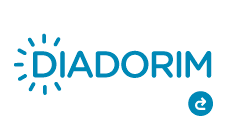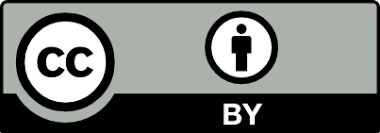VITAMIN D SUPPLEMENTATION DECREASES THE BODY FAT STORES AND PLASMA OXIDATIVE STRESS OF OBESE RATS
Resumen
The study aimed to verify the effects of vitamin D3 (cholecalciferol) supplementation on the
body fat composition and plasmatic oxidative stress of obese rats. The 21 days old male
Wistar rats were acclimatized in the sectorial animal breed until they were 30 days old
(CEUA nº 5866200720). Then the obesity induction was initiated using the cafeteria diet
(Western Diet; WD). The animals were divided into 2 groups: CTL, rats fed a normal diet;
WD, animals fed a WD. After 90 days old, they were subdivided into two other groups: CTL-
VD and WD-VD, which received vitamin D3 during 40 days (5.600 UI/week by gavage). At
130 days old, blood was collected and the plasma separated for the oxidative stress assays.
After, body fat deposits were collected, separated and weighed. The adiposity index of WD
rats were higher than CTL and WD-VD animals. The epididymal, retroperitoneal and
mesenteric fat deposits of WD were respectively 30%, 46% and 50% higher in WD rats when
compared to WD-VD rats. Body weight gain and abdominal fat were also decreased in
animals supplemented with vitamin D3. Regarding the oxidative stress parameters in the
plasma, the levels of carbonyl protein groups were lower, and protein thiol groups and total
antioxidant capacity (TAC) were higher in WD rats when compared to the CTL and WD-VD
groups. In conclusion, treatment with VD3 was able to reduce both fat stores and the levels of
oxidative stress markers in the plasma of rats with cafeteria diet-induced obesity.
Descargas
Citas
DECLARAÇÃO DE ORIGINALIDADE E DIREITOS AUTORAIS
Declaro que o presente artigo é original, não tendo sido submetido à publicação em qualquer outro periódico nacional ou internacional, quer seja em parte ou em sua totalidade.
Os direitos autorais pertencem exclusivamente aos autores. Os direitos de licenciamento utilizados pelo periódico é a licença Creative Commons Attribution 4.0 (CC BY ): são permitidos o acompartilhamento (cópia e distribuição do material em qualqer meio ou formato) e adaptação (remix, transformação e criação de material a partir do conteúdo assim licenciado para quaisquer fins, inclusive comerciais.

Recomenda-se a leitura desse link para maiores informações sobre o tema: fornecimento de créditos e referências de forma correta, entre outros detalhes cruciais para uso adequado do material licenciado.
















